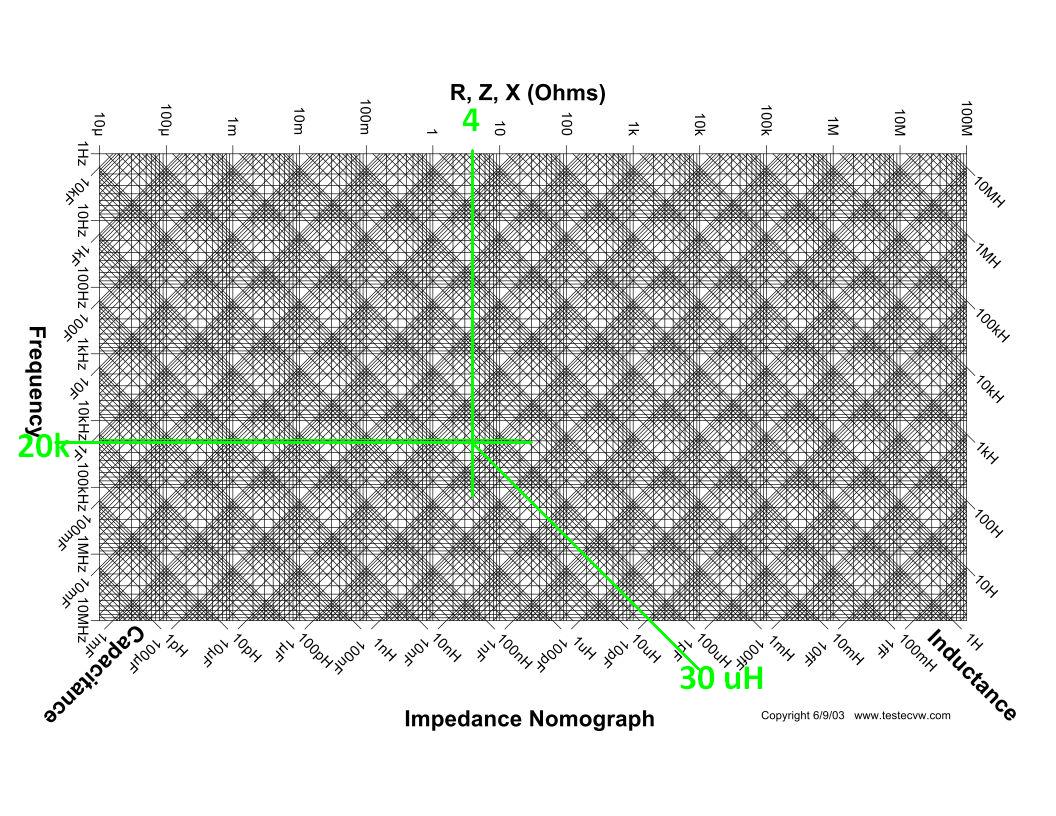Disclaimer: I’m computer scientist
I would like to generate an "intense" varying magnetic field by connecting a coil to a max 160W audio amplifier. The theoretical output frequency range is 20Hz to 20kHz. I plan to only output sinusoidal signals in the range 500Hz to 5000Hz.
The audio amplifier I have to do that is a 4Ω SMSL SA 98E 2x160W specifications in french, less detailed specifications in English from the manufacturer.
I would like to know what should be the optimal inductance of the coil I should use and the wire thickness.
I have so far tried a 0.5mH coil with 0.5mm wire, but the coil heats which indicates that the wire is too thin. 0.5mH is ~4.4Ω at 1kHz.
What is the most unclear to me is the 4Ω impedance required by the amplifier. At what frequency should it be 4Ω ? I could not find a clarification on that with google. But I did find plenty of warnings that it can harm the amplifier if the impedance of the HP is too low.
Since I don’t want harm my amplifier, I ask the experts here if the 4Ω impedance should be at 1kHz or 20kHz. In the later case the inductance of my coil should indeed be much lower.
Edit 1: as asked by StackExchange I must clarify why this question is different from this similar question. The titles are very close, but I initially badly formulated my question which ended on a different topic (measuring inductance). Tony Stewart Sunnyskyguy EE75 did provide a precise answer to the question in the title but I was unsure if it was safe for my amplifier. This question is now more on topic and ask about the risk for my amplifier to use a low inductance. I apologise for the inconvenience.

